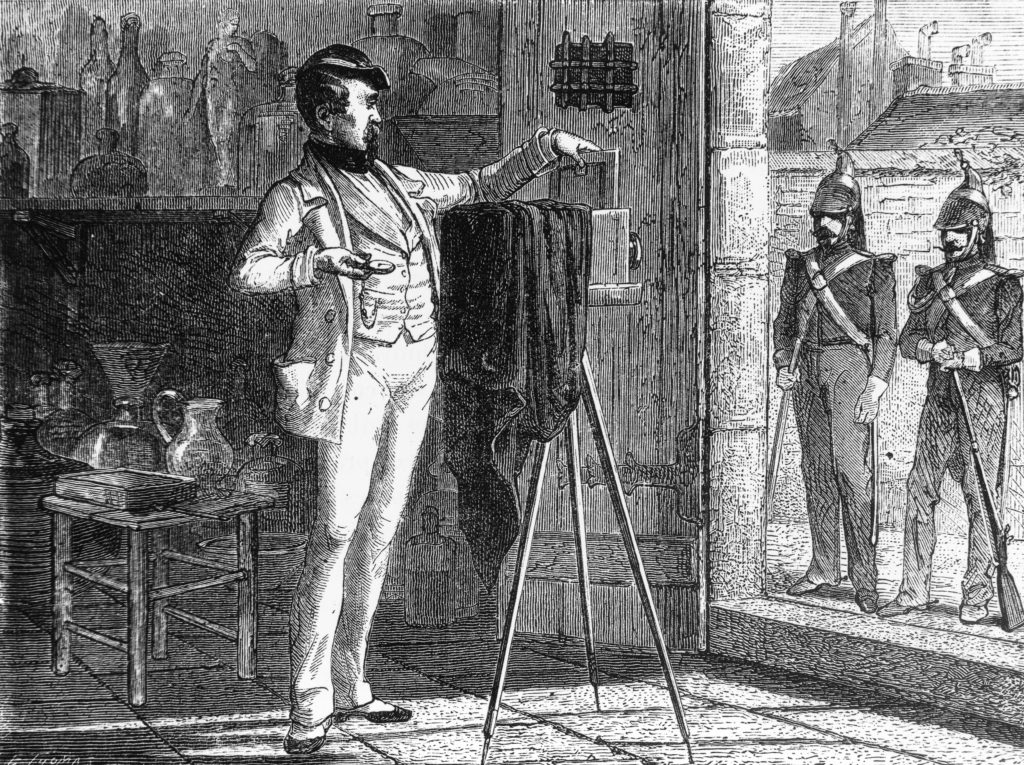Abel Niépce de Saint-Victor and the First Negatives on Glass Plate
It fell to Claude Felix Abel Niépce de Saint-Victor, a cousin of Nicéphore, a military man with a strong interest in chemistry, to make the decisive step towards the negative on glass plate in 1848: he had the idea of using albumin (egg white) as the “adhesive” in the sensitive emulsion on the glass.
The plate was therefore coated with a light layer of liquid albumin containing a little potassium iodide, which, once dry, was perfectly homogeneous. It was then sensitized by immersion in a bath of silver iodide and then exposed – for a number of minutes – and developed, then fixed and washed. It was not necessary to develop it immediately after being exposed.
The positive proof was normally printed from this negative plate.
This process – very slow, which made it inconvenient – produced negatives of an excellent quality, which were hardly distinguishable from wet collodion negatives.


